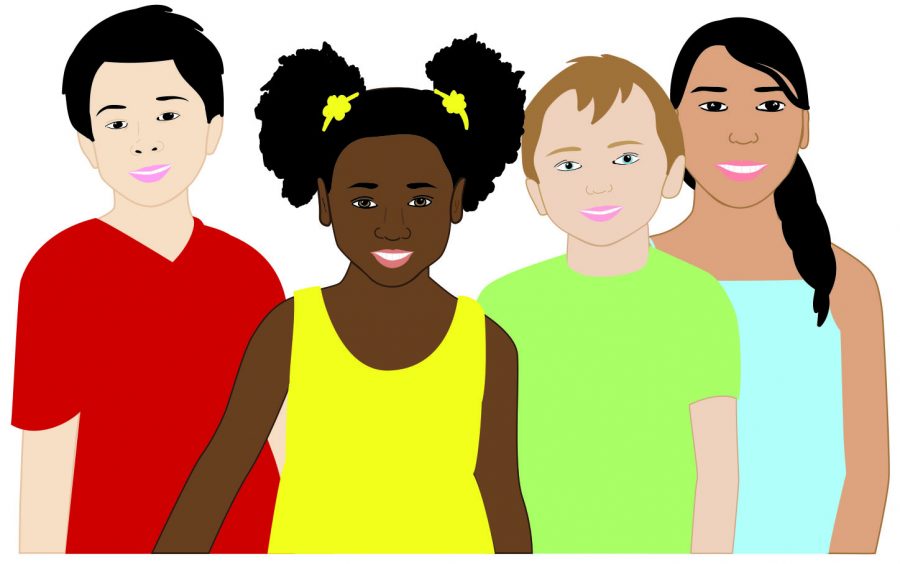Let’s continue to show diverse characters in children’s media
March 22, 2018
So far, 2018 has proven to be a strong year for diverse movies. With historic releases such as “A Wrinkle in Time” by director Ava DuVernay, the first woman of color to direct a live-action film with a budget exceeding $100 million, and record-setting “Black Panther,” Hollywood is finally starting to move in the right direction.
Diversity is particularly important for the young audiences for whom these films are marketed.
It is important for children to see different cultures and backgrounds represented in the media they consume. In today’s TV shows and movies, children are starting to see more diverse representation than ever before.
“Black Panther” featured the first titular black superhero in the Marvel Cinematic Universe, as well as King T’Challa’s younger sister, Shuri, a relatable teenager all kids can look up to. “A Wrinkle In Time” features a dynamic cast that includes Oprah Winfrey and Mindy Kaling with a child protagonist, Storm Reid, who is a person of color.
Other important forms of diverse representation in children’s media include The Disney Channel TV show “Andi Mack,” which featured character Cyrus Goodman’s coming out, making him the first openly gay main character on Disney Channel.
The Nickelodeon show “Loud House” was praised for its portrayal of an interracial gay couple that focused on their being overprotective parents rather than the relationship itself. Now with the release of “A Wrinkle in Time,” movies and TV shows are giving children a variety of characters to see and consider as role models.
However, children’s media hasn’t always been so progressive. A study done in the 1970s by Boston University Communications Professor F. Earle Barcus showed a large disparity between female and male characters and white and non-white characters. Barcus looked at 1,100 characters in 20 children TV shows and found that only 42 were black and 47 others belonged in some group other than white.
Although recent developments are encouraging, we still have a very long way to go before children’s media is close to being equal and diverse. According to researchers at the Children’s Television Project at Tufts University, female characters account for just under one third of all characters and black characters account for 5.6 percent in a study of 1,500 characters.
Some of the TV shows that have featured same-sex couples, as in the final season of Disney’s “Good Luck Charlie,” generated considerable backlash from viewers, but writers and directors should not be afraid.
It’s important to continue to fight for diverse representation even if some parents don’t agree with what is shown. Kids need to see fair representation.








